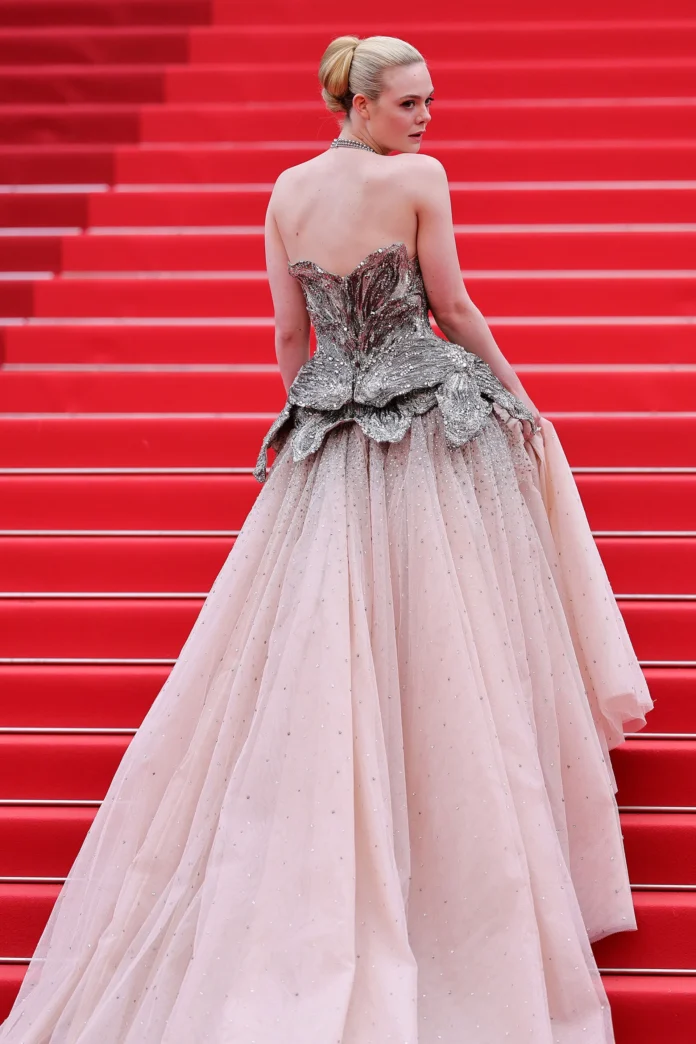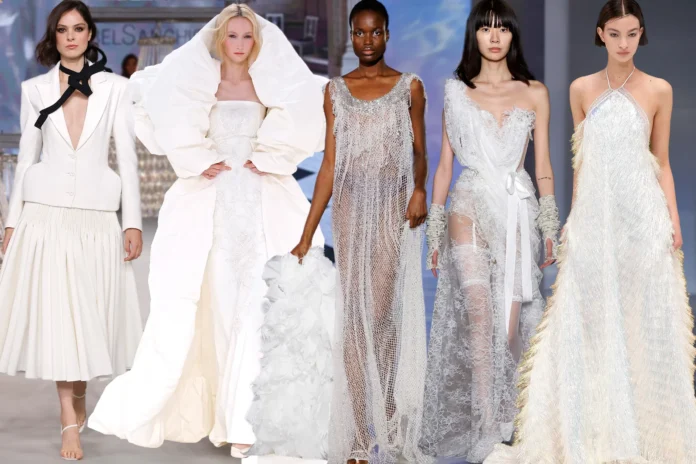From Bella Hadid’s barely-there Saint Laurent gown in 2024 to Elle Fanning’s sweeping McQueen train in 2023, the Cannes Film Festival red carpet has long been a showcase for bold, head-turning fashion. But this year, the glamour comes with stricter guidelines. Just a day before the opening of the 2025 festival, organizers updated the dress code for the prestigious Grand Théâtre Lumière, banning sheer outfits and oversized ensembles that could interfere with red carpet logistics.
The festival’s updated policy, now live on its official website, clearly states: “For decency reasons, nudity is prohibited on the red carpet, as well as in any other area of the festival. Voluminous outfits, in particular those with a large train, that hinder the proper flow of traffic of guests and complicate seating in the theatre are not permitted.”
A New Era of Censorship—or Practicality?
While Cannes has always had a reputation for formality, this sudden clampdown has taken many by surprise. The move is part of a trend: in 2015, women were reportedly turned away for wearing flats, leading to international backlash. Then came the selfie ban in 2018. Now, in 2025, sheer and statement-making trains are the latest casualties in Cannes’ quest for control.
Stylist Rose Forde, who works with talents like The Substance director Coralie Fargeat and actor Emma D’Arcy, says she found out about the dress code change on social media—before a client even had time to contact her. “Cannes has always enforced strict rules on dress, so I’m not totally shocked,” she said. “But the timing is tough.” For Forde and many others, the challenge now is adapting plans that have been in place for months.
Why the Change?
The logic behind the ban is twofold: functionality and “decency.” The festival reportedly gives red carpet walkers 10-minute slots to make their way inside. Attendees in oversized gowns often take much longer, creating bottlenecks on the steps. “It’s become a scene,” says culture critic Louis Pisano, a longtime Cannes attendee. “Influencers try to outdo each other with the biggest, wildest outfits. And it slows everything down.” With thousands of guests filing into the theater, efficiency matters.
But the ban on sheer looks has sparked more debate. Pisano calls it reductive: “They show nudity on the screen in these very theaters—so why ban it from the red carpet?” Online, reactions echo the sentiment. Stylist and writer Beyzanur Apaydin tweeted, “They only allow nudity when the industry is profiting from it, I guess.”
Fashion Meets Function: The Backlash
The new rules are not just inconvenient—they’re potentially costly. Brands often invest heavily in couture pieces for Cannes, with many looks tailored months in advance. Last year alone, the festival generated $86.3 million in earned media value (EMV) on Instagram, according to marketing platform Lefty. Saint Laurent, driven in part by Bella Hadid’s now-prohibited sheer gown, topped the charts with $14.1 million in EMV.
“Some designers may have spent months—and thousands of euros—on custom looks that can no longer be worn,” notes fashion critic Luke Meagher, better known online as HauteLeMode. “What counts as ‘too voluminous’? And with sheer, how sheer is too sheer? It’s all very vague and open to interpretation.” For smaller brands and emerging designers, the risk of creating a banned look is too high.
Stylist Maeve Reilly, whose client roster includes Coco Jones and Eva Longoria, echoes the concern: “Cannes is a fashion moment. I’ve always looked forward to seeing those extravagant, unforgettable gowns. This feels like a loss for creativity.”
Winners and Losers
While stars like Emma Stone, Jennifer Lawrence, and Scarlett Johansson are expected to grace the Cannes red carpet this year, many stylists believe the crackdown won’t affect major film stars so much as influencers and brand ambassadors. Pisano notes, “The average festival attendee wears more subdued fashion. It’s really the influencers trying to go viral who are being targeted.”
Interestingly, some public relations firms may actually benefit. With last-minute wardrobe emergencies inevitable, showrooms along La Croisette could become unexpected saviors. “This is a big moment for them,” Pisano says. “They can position themselves as problem-solvers. ‘Did your look get banned? Come see us.’”
Balancing Act: Fashion vs. Film
Cannes has always danced on the edge between cinema and spectacle. The festival celebrates artistic expression, but its red carpet rules now seem to be pulling in the opposite direction. “I understand the intent—to keep the focus on film—but fashion is part of that artistic ecosystem,” says Forde. “You can’t separate style from self-expression, especially in a space like this.”
Reilly agrees: “Thankfully, none of our looks are impacted this time. But it’s disappointing. Red carpet moments are rare and meaningful. They’re not just about clothes—they’re about visibility, legacy, and storytelling.”
What’s Next?
Whether Cannes will reconsider the rigidity of these rules in the future remains unclear. For now, designers and stylists must adapt—and quickly. As fashion continues to evolve, and as red carpets become platforms for personal and political expression, festivals like Cannes face increasing pressure to decide: should they enforce tradition, or embrace transformation?
One thing is certain—the eyes of the world are on the Croisette. And while the gowns may be a little less sheer and a lot less voluminous this year, the drama is far from gone.










